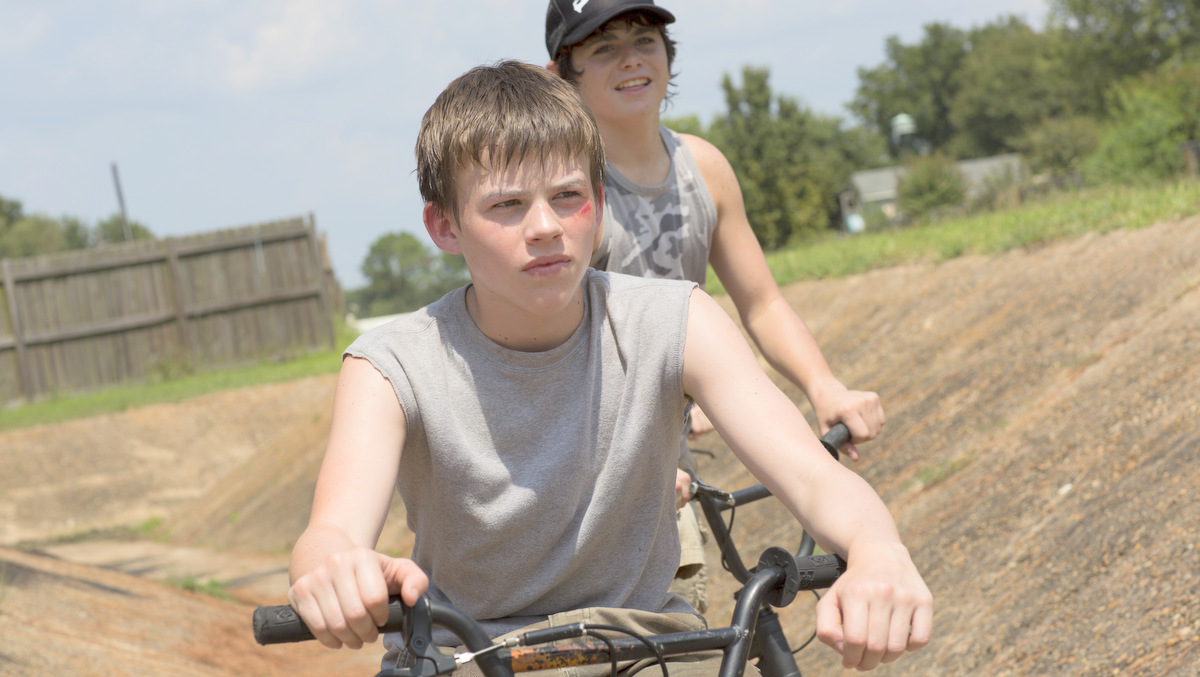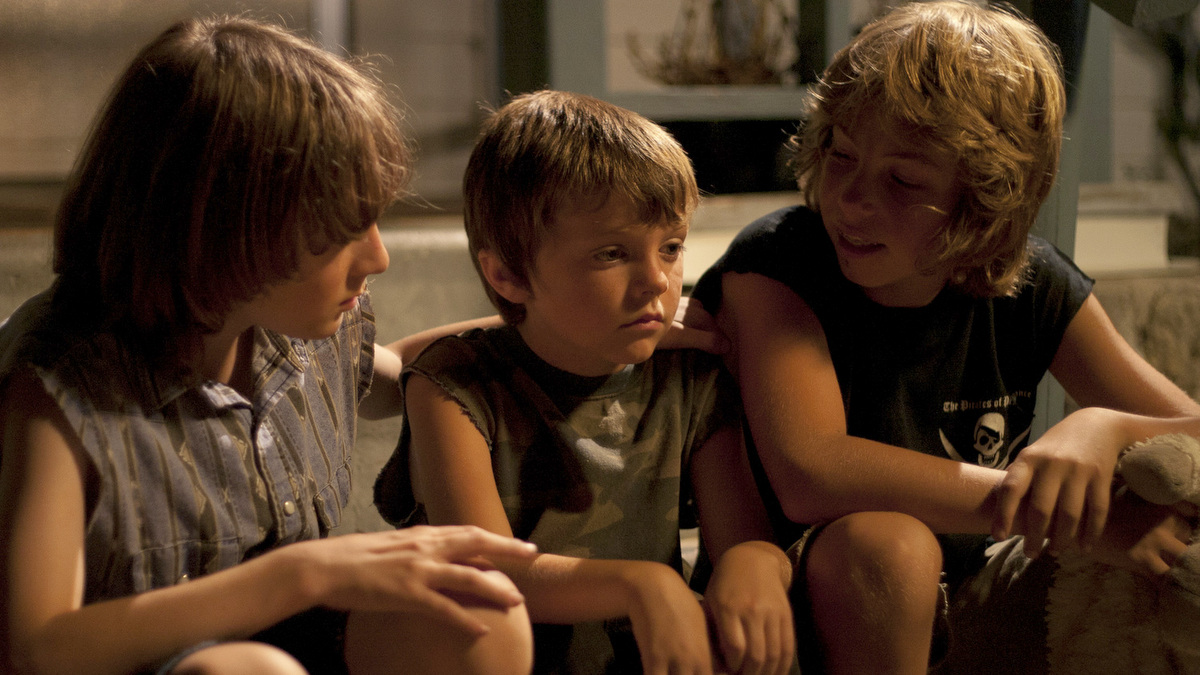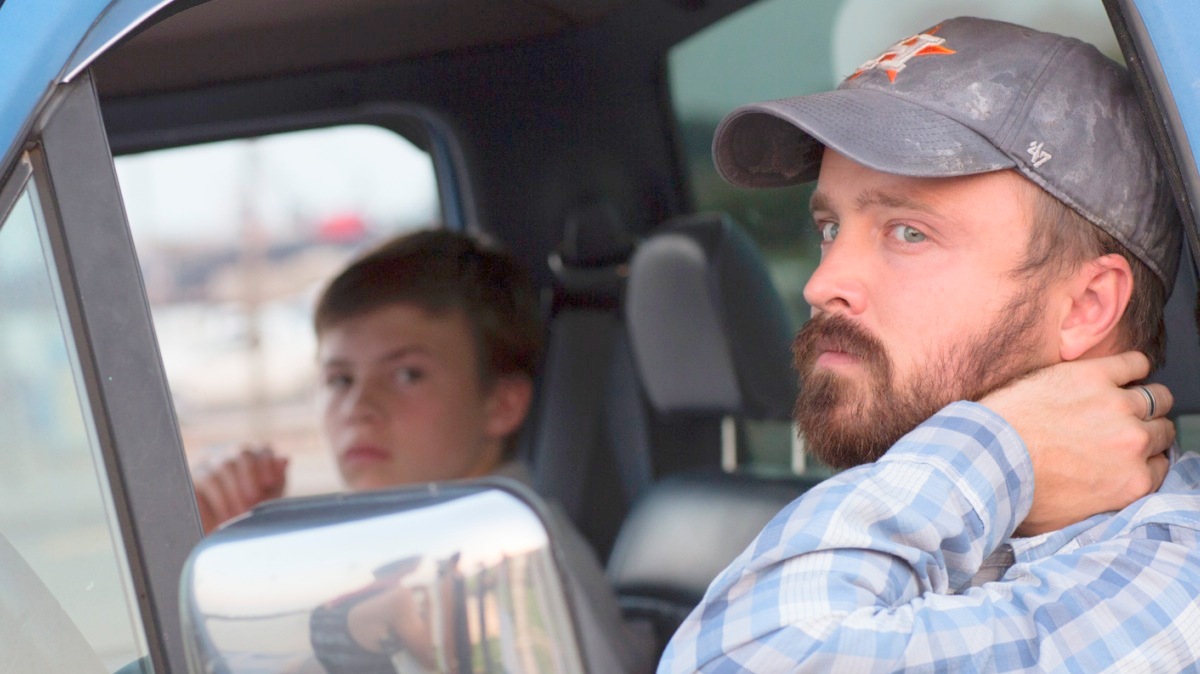By Andrew Cant (DoP). Meet Andrew on Facebook, Twitter, Instagram

Josh Wiggins in Hellion, shot by Brett Pawlak
This week, we will reference Hellion Directed by Kat Candler, shot by Brett Pawlak (DoP)
Cinematography is all about capturing the moving picture. We all know that; and we all want to show we can capture that moving picture in a beautiful and skilful way. But capturing beautiful shots can come at a budget if you’re not careful. Here are my 4 tips to not breaking the bank as an Indie Cinematographer:
The Camera
Everyone needs access to a camera to be a Cinematographer. If you’re shooting jobs with a decent budget then the production can afford to hire in kit. This is probably not the case for most of us, and certainly not at the start. So, in order to get recognised we’re going to need access to a camera. Most Cinematographers are passionately protective over their camera but if you have a friend who’s willing to lend you theirs, that’s a great start.
Alternatively, it’s likely to be the DSLR route for most starting Cinematographers. Even here we can buy smarter though. Aim for the previous generation kit. If the Canon 5D Mk4 is out, go for the Canon 5D Mk3. If the GH5 is shipping, buy the GH4. These cameras were great a couple of years ago, and nothing has changed in their manufacturing quality. Shows like NAB Show are designed to sell us what they want us to buy and we’re all suckers for the latest gear, however, we’ve got to make our cash stretch, so unless you’re definitely going to be needing that small enhancement to quality or that added feature, save yourself a bucket of cash and buy last year’s model.
Also, the general cost of a camera goes up exponentially compared to production quality, often referred to as diminishing returns. Don’t get sucked into buying a camera that is way up on the curve when the productions you’re shooting on wouldn’t benefit from it. If you’re shooting student films, stumping up for a RED camera is going to really hurt you financially and all you’re buying is bragging rights.
The Lights
There are two sides to this section. Firstly, I have to say that I see lots of new Cinematographers starting to shoot without any lights or light modifiers in their kit bags. You might want to reconsider this approach. While a lack of lights will get you shooting with no cost, it’s really going to show in your work. Remember, half of our job is managing lighting so if we’re not bothering with that at all, we’re missing out on half of the potential. Your shots are in danger of looking flat and lifeless, and you’re missing out on expressing emotion in the shot.
The other side to this is to not go crazy on lighting. Lights are expensive and we could easily spend $10,000s on lights without even trying. Be calculated on your lighting purchase strategy and buy for the shoots you work on. If you’re mostly outdoors and in daylight, then you’re better off with bounces and maybe some small detail lights if you can get them in place without getting them in shot. If you’re outside but in the evening then you have a lot more freedom as your smaller and cheaper lights will really throw in the dark, but be careful on power availability. If you’re indoors then you have the most flexibility.
Many people go for tungsten lamps as a first starting point. I personally decided against that route. They run hot and so are a hazard on set, they suck a lot of power and if you start buying up other types of light you might have to start considering colour correction. That said, they are cheap and the colour quality is great, so if you’re really strapped for cash and you’re only going to need a couple of lights then go for it.
Personally, I like to buy once but buy wise, so I’ve chosen a couple of LED light types that work for me. I have a few larger 1000-LED panels, a large LED Fresnel, and some small LED panels for detail lights. I use other lights too, but these are always on my kit list and generally get me through most scenes.
But I also have some photographic lights. I bought some photo soft boxes that use clusters of CFL lights off EBay, and some larger single CFL bulbs with umbrella diffusers too. These can be really quite handy for fill lights or top lights, and they are really cheap, but a pretty good CRI rating.
Just as important as the type of light is the brand of light. Some of the manufacturers in the Far East are delivering some really good gear. Check out Aputure and Nanguang as some good examples of cheap but high quality lighting.

Hellion, the short Film – (Official 2012 Sundance Film Festival)
The Grip Kit
I’m going to generalise all camera support equipment in here too. This is another area where people can go crazy if not careful, but the output quality of your shots can be really affected by buying the right kit, or just buying kit at all from this section. Let’s start by getting over the painful part. You are going to need some camera support gear. Fact. There will be lots of people out there that will tell me that they shot a number of shorts all handheld, and that I’m wrong in that statement.
I’m sorry to say guys and gals, handheld is a technique and not an excuse for not buying. If you’ve shot an entire film handheld, you’ve probably made a mistake in my opinion. The audience needs at least a couple of shots with some stability or controlled movement in them. Watching handheld footage can get exhausting.
So, now we’ve got over that part, let’s get on with it. Whether you believe me or not, you’re going to need a tripod. Accept it; move on. After that, it all depends on your preference and the production value you want to get out of your shoots. Personally, I would say you also really want a slider. Its precision movement can add real quality to a shot. After that, you don’t NEED anything more. The shoot may demand some tricky movements that a Director will insist requires a Steadicam or a gimbal, but they’re not essential kit. That said, I will admit to loving my Steadicam, and if you can stretch your budget to one, it really opens up freedom. It’s something that requires practice though.
Again, brand awareness is something that can save you a ton of cash here. Kessler, Sachtler, Vinten. These are all great brands, but these manufacturers will put you in the poor house if you’re not careful. Shop around and take a look at alternative manufacturers that are offering decent kit out there. I’m a fan of Came-TV; they have some really well-priced products in their catalogue and they seem really well built from the products I’ve used. Konova seem to have some pretty good, and well-priced products too.

Aaron Paul & Josh Wiggins in Hellion, by Kat Candler
Power
Batteries and mobile power will at some point give you more headaches than all of the above. If you’re shooting a DSLR with no lighting, enjoy it while it lasts. At some point, you’ll move up to bigger cameras, perhaps with V-Mount batteries (honestly, are they made from solid gold, or something?) and even your lights will have battery options that go beyond AA or NP-F range of products. If you’re planning a shoot in the woods at night, you’ve hit the sweet spot of dilemmas for Indie Cinematographers.
Do you compromise on your lights to use only the ones that have a battery pack option? Do you then only go with the small ones that take cheap batteries? What about the camera, and maybe a charger for your camera batteries? Then you’ll start to think about portable generators, and then remember that your soundie will most likely kill you if you bring one of those noisy monsters to set (even the little ones). I came across this dilemma recently and considered powering a lot of my mobile lights from their v-mount battery attachment. But for the all-night shoot I’d need to re-mortgage my house to be able to buy enough to get me through. Then my aforementioned LED Fresnel would have to stay at home as that’s mains only.
At this point I came up with a lovely idea that I want to share with you guys. I rigged up a leisure battery with an inverter. I’m sure some of you have already done this, but for those who haven’t this is a massive saving. Leisure batteries are the large lead-acid batteries that are used in caravans and motorhomes to let you watch your TV when you’re camping. They’re essentially big car batteries. The inverter converts the 12v or 24v into mains power, so that you can run any of your normal kit from it. There are a couple of things to consider. Firstly, wet batteries are potentially hazardous but there is a gel pack option which is a lot safer for use. Pay a little more and get that version. Next, get the Pure Sine Wave inverter type. This will give you a clean AC current that will be safe to use to power sensitive equipment. Finally, do the maths and check you have the right power ratings for the kit you are intending to run. Oh, and think about weather and damp. This is electrical supply after all. Don’t be fooled into treating it like any other battery you’ve had; this is as dangerous as mains supply.
But, at a fraction of the cost you can power your camera, your lights and even charge your laptop or mobile phone while you’re in the middle of the woods. If you need to shoot for longer, just buy a second battery. This tip alone could potentially be worth thousands, but also will open up the flexibility to shoot where and when you may not have chosen to.
Thank you SE Texas!!! You have our hearts!!! #hellion pic.twitter.com/WpPdiZlK3q
— Kat Candler (@katcandler) June 11, 2014
So, there you have it. 4 ways to save money on your production kit to get you shooting smarter while spending less. As always, leave your thoughts and comments below.

